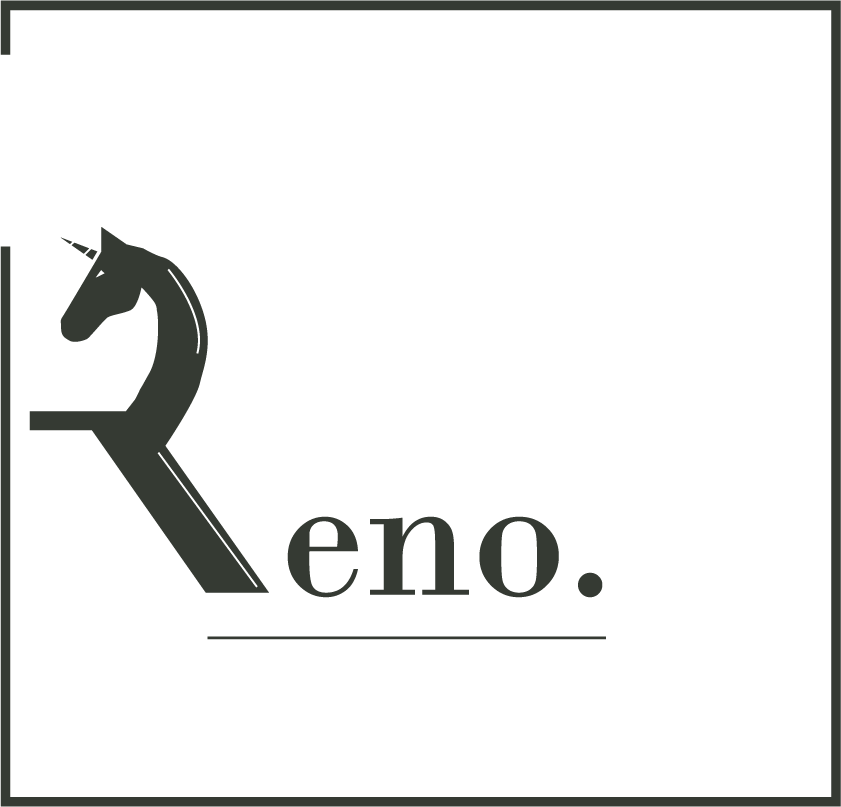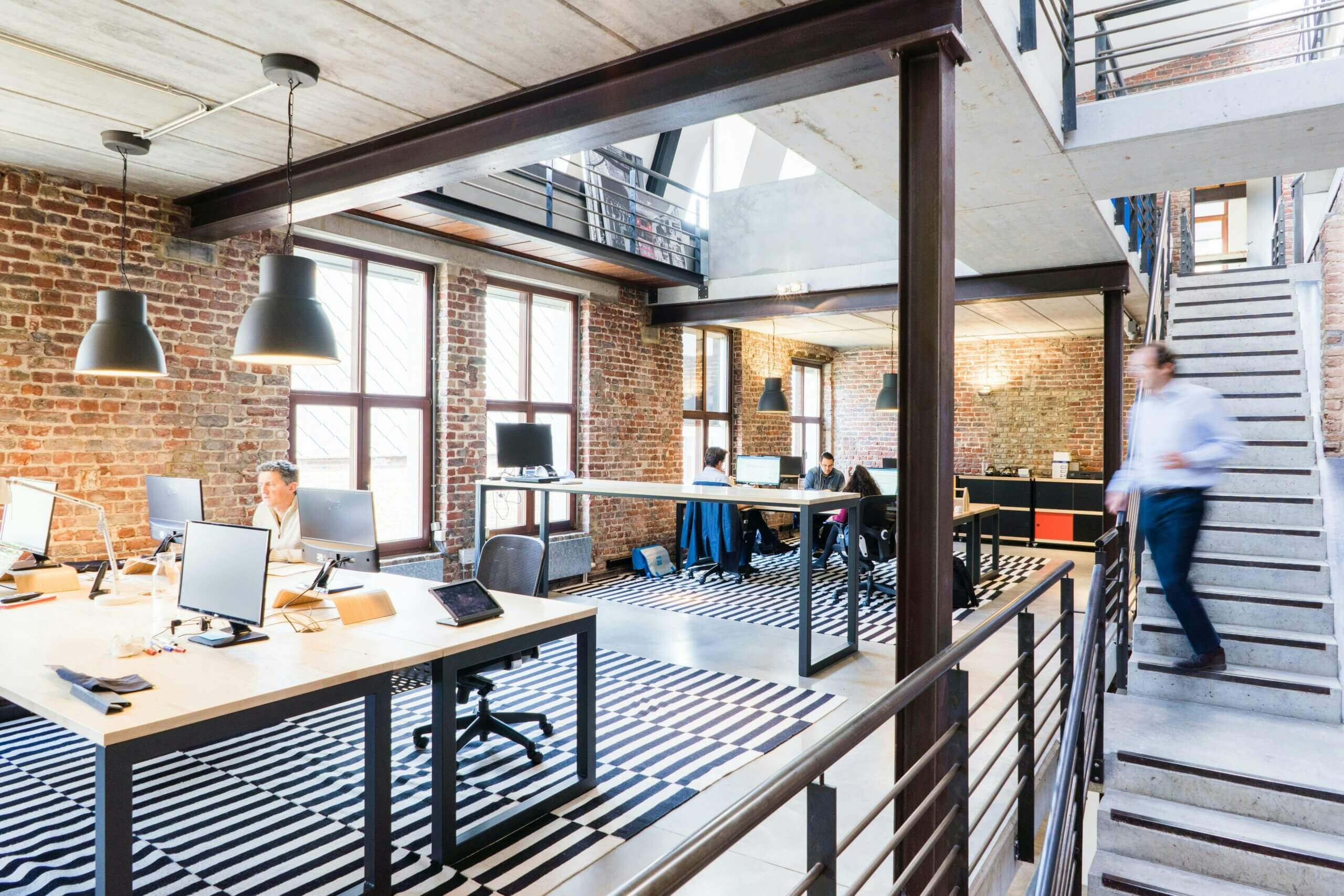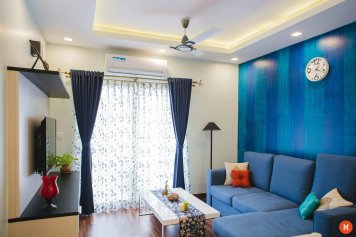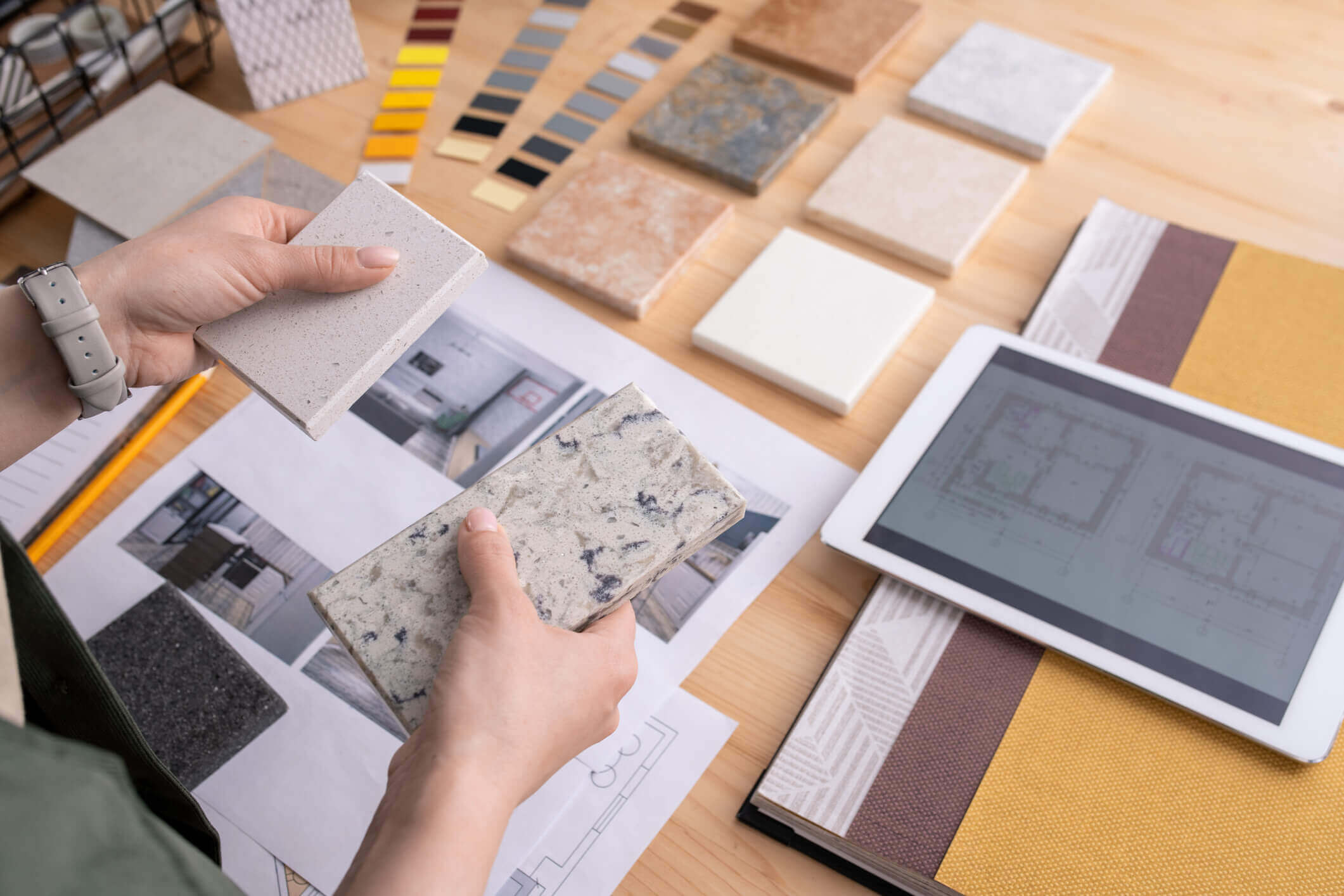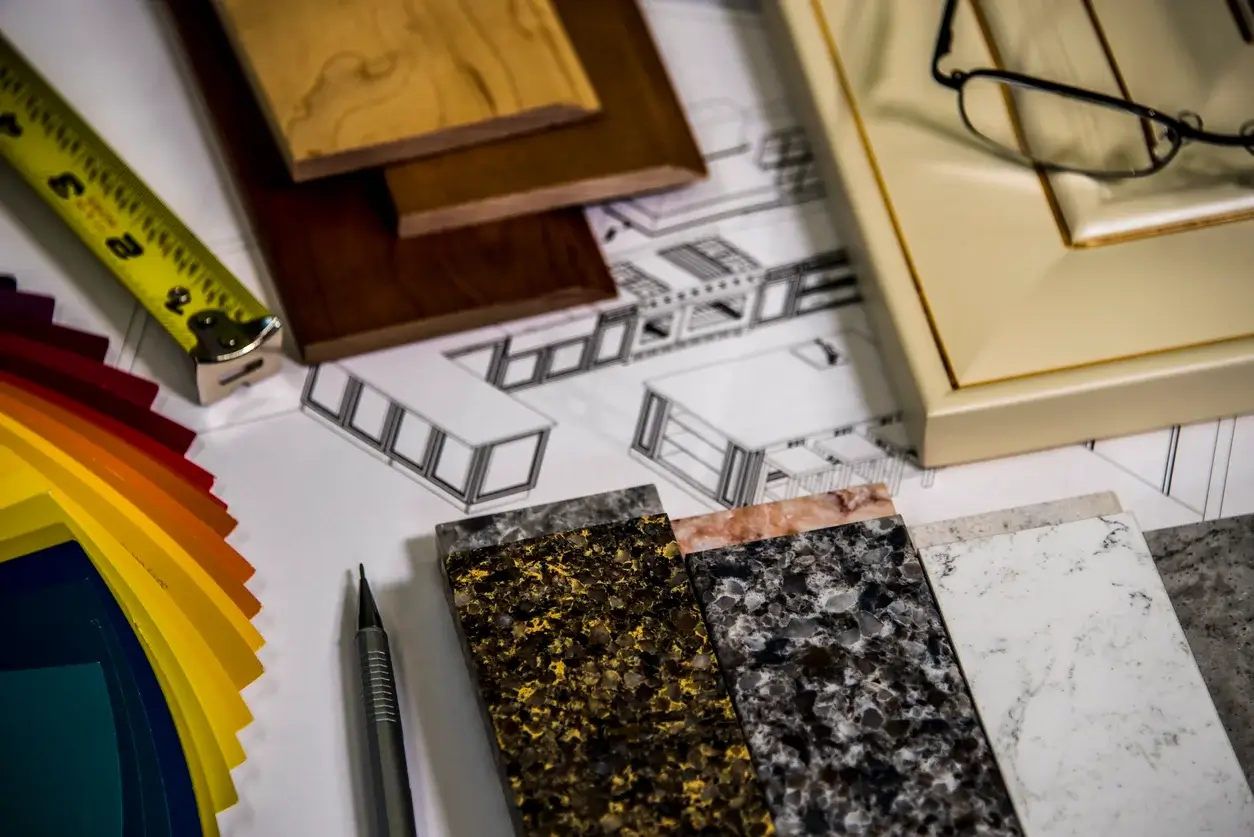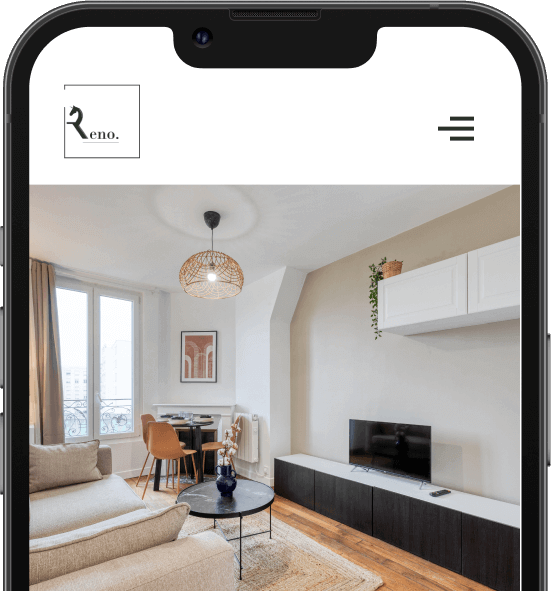The question of office renovation prices is a major concern for homeowners like you when it comes to any professional development project. Prices range from €50 to €800 per m², depending on the scope of the work. The overall budget depends on many specific factors.
Office renovations represent a strategic investment for businesses. The cost of a renovation varies depending on the size of the space. Prices also vary depending on the type of work being undertaken.
The initial condition of the commercial space greatly influences the final price. The desired layout of the workspaces also plays a crucial role. The materials chosen also impact the overall cost of the project.
Hiring an interior designer like Reno is often a wise choice. This Paris-based architecture firm specializes in renovations and offers valuable expertise. Their support helps maximize every euro invested in your project.
Average prices vary considerably by region. In Paris, the cost of office renovations reaches record highs. Outlying areas offer more affordable rates for similar services.
This guide helps you accurately estimate your renovation budget. You’ll discover the factors that influence market prices. Our advice will help you optimize your investment for a result perfectly suited to your needs.
How much does an office renovation cost?
The average price of a renovation ranges from €50 to €800 per square meter. This range is explained by the differences in services. Each project has its own specificities.
The office renovation budget must include all expense items. An accurate estimate avoids unpleasant surprises. Reno, an interior design firm , offers detailed quotes for each project.
Office renovation prices according to the type of intervention
The cost of a renovation varies primarily depending on the scope of the work. There are three distinct categories of renovation work available on the market, each tailored to specific needs.
Light renovation: painting and coatings (€50-200/m²)
Light renovations primarily focus on aesthetic aspects. They include painting walls and ceilings. Changing floor coverings often complements this work.
This type of renovation refreshes the appearance of commercial premises. The price remains affordable even for small businesses. This solution is suitable for well-maintained spaces.
The offices receive a significant facelift. The process generally lasts a few days. The budget remains under control, resulting in visible results.
Standard renovation: partitioning and fitting out (€200-400/m²)
Standard office layouts require more significant changes. Partitioning allows for a rethink of spatial organization. Electrical and lighting systems are also being modernized.
These projects truly transform workspaces. They reflect changes in working methods. The price reflects the scope of the changes made.
The design project often includes soundproofing spaces. Workstations become more comfortable and efficient. This investment directly improves team productivity.
Complete renovation: total restructuring (€400-800/m²)
A complete renovation represents a profound transformation. It can include significant structural modifications. Every aspect of the space is redesigned.
The cost of office development reaches its peak here. This approach is suitable for dilapidated or unsuitable premises. It allows for a complete upgrade.
The renovation price per square meter then includes all trades. Businesses obtain entirely new spaces. The investment is amortized over many years.
Price variation by geographic location
Office prices vary greatly depending on location. Larger cities have higher rates. This directly affects the cost of renovations.
Office renovation prices in Paris and Île-de-France
Office renovations in Paris are reaching record prices. Tradespeople charge prices higher than the national average. A complete renovation can easily cost more than €600 per square meter.
Parisian development projects must contend with specific constraints. Old buildings require costly adaptations. Transporting materials also complicates operations.
Companies budget heavily for their Parisian premises. The involvement of an interior designer often becomes essential. Their expertise maximizes every euro invested in the project.
Comparison of costs between large cities and peripheral areas
The cost of renovations decreases significantly on the outskirts of major cities. The differences can sometimes reach 30% for equivalent services. This difference is worth taking into account.
Outlying areas offer better value for money. Renovation work benefits from more favorable conditions. Access to construction sites is particularly easier.
The budget for office development therefore remains highly variable. The same company will pay different prices depending on its location. This reality influences the location choices of many companies.

Overall budget for an office development project : cost breakdown
A project’s overall budget depends on a combination of many factors. A detailed overview of expenditure items is essential. This approach helps identify priorities.
The cost of office renovation is divided into different categories. Each part represents a specific percentage of the total. This distribution varies depending on the project.
Businesses must anticipate all necessary expenses. A good cost guide facilitates this financial planning. Anticipation prevents problematic budget overruns.
Main expenditure items in the renovation of professional premises
Commercial renovations involve a variety of trades. Four main categories of expenditure generally stand out. Their relative importance varies depending on the project.
Structural work and structure (20-30% of the budget)
Structural work often forms the basis of any development project. It includes structural modifications to spaces. Its cost generally represents between 20 and 30% of the total budget.
This category includes the demolition of existing elements. New load-bearing partitions are also included. This work requires specific technical skills.
The cost of these interventions varies depending on their complexity. Some projects require significant structural reinforcements. Others are limited to minor modifications.
Second work and finishing (30-40% of the budget)
Finishing touches represent a significant portion of the renovation budget. They include wall coverings and flooring. These elements determine the final appearance of the offices.
This category also includes ceilings and insulation. The quality of the materials directly influences prices. Aesthetic choices have a definite financial impact here.
The finishing touches determine the daily comfort of workspaces. Companies typically devote between 30 and 40% of their budget to it. This proportion underscores the importance of these elements.
Technical equipment and connectivity (15-25% of the budget)
Technical installations represent a crucial investment. They include electricity and air conditioning. The computer network also falls into this category.
The cost of modern office design includes these essential amenities. They ensure the smooth daily operation of the spaces. Their quality directly impacts productivity.
This portion of the budget typically represents 15 to 25% of the total. Technology choices determine this percentage precisely. Companies decide based on their specific needs.
Furniture and layout (10-20% of the budget)
Office design necessarily includes professional furniture. Workstations represent a significant investment. Common areas also require suitable equipment.
This category represents between 10 and 20% of the overall budget. It largely determines the daily comfort of the teams. The choices made influence the company’s image.
The cost of office design therefore includes these visible elements. They constitute the most tangible part of the project. Their selection deserves special attention.
Examples of budgets according to the surface area of workspaces
The cost of a renovation varies proportionally to the surface area treated. Concrete examples illustrate this economic reality. Projects differ in their scale.
Budget for small office (less than 50m²)
Smaller professional spaces benefit from more affordable budgets. A standard renovation costs between €10,000 and €20,000. This range applies to offices of less than 50m².
Redesigning a compact workspace requires ingenuity. Every square meter must be maximized. The price reflects this demand for functionality.
Renovation work is generally completed quickly. The construction site causes minimal disruption to business operations. This speed represents an additional economic advantage.
Budget for medium office (50-200m²)
Medium-sized offices require a larger investment. The budget typically ranges from €20,000 to €80,000. This estimate applies to spaces measuring 50 to 200m².
The development project then incorporates differentiated zones. Collaborative spaces sit alongside closed offices. This diversity directly influences the overall cost.
Companies allocate a budget tailored to their actual needs. The involvement of an interior designer optimizes these investments. Their comprehensive vision guarantees a coherent result.
Budget for large work spaces (over 200m²)
Large professional spaces require significant budgets. A complete renovation often exceeds €100,000. The most ambitious projects reach several hundred thousand euros.
The average price reflects the complexity of these vast developments. Coordination between the various trades becomes crucial. Timescales increase proportionally to the surface area covered.
These large-scale projects particularly benefit from professional expertise. Hiring an interior designer guarantees overall consistency. The initial investment pays for itself thanks to perfectly functional spaces.
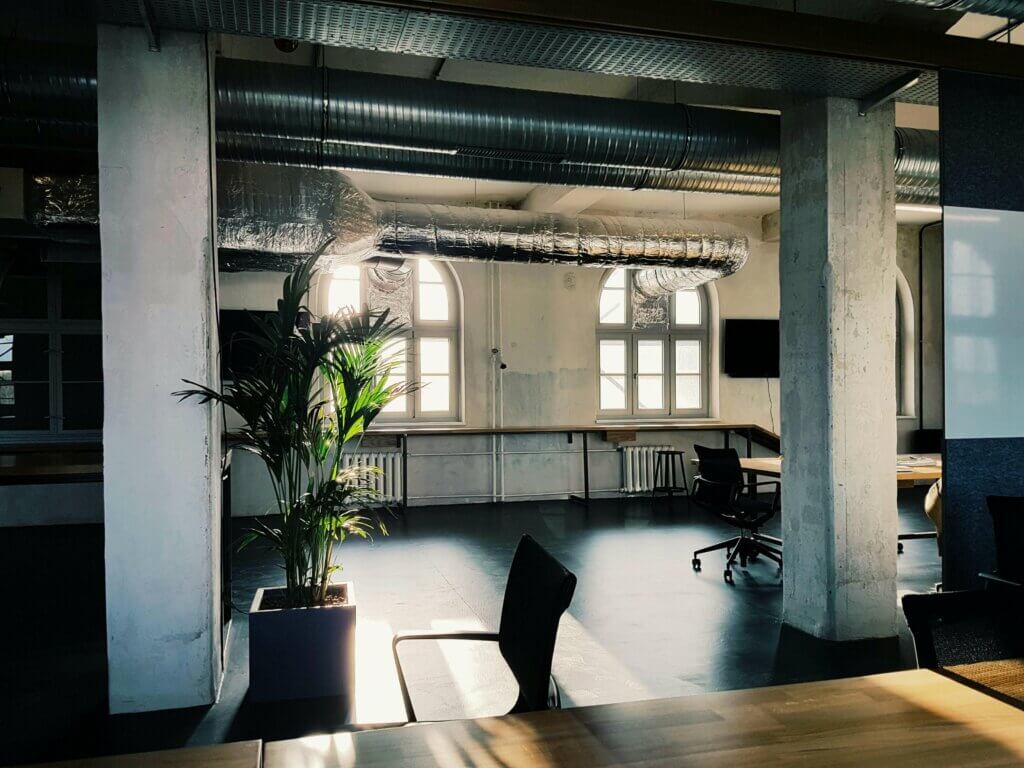
Factors that influence the price of office design
Many factors determine the final cost of a project. Their influence varies depending on the specific situation. Understanding them helps you anticipate the necessary budget.
The initial condition of the commercial premises
The original condition of the offices directly impacts the cost of the renovations. Older premises require more extensive work. Unpleasant surprises frequently occur in older buildings.
The initial layout determines the extent of the necessary changes. Some spaces adapt easily to new needs. Others require costly restructuring.
The initial diagnosis is therefore of capital importance. It allows for an accurate estimate of the cost of a renovation. Experienced professionals quickly detect critical points.
The desired level of service and finishes
Aesthetic choices significantly influence the overall budget. High-end materials increase the final price. However, they provide undeniable added value.
Finishing touches largely determine the atmosphere of workspaces. They constitute the visible part of the design project. Their psychological impact on teams remains significant.
The type of work chosen often reflects the image the company wishes to project. Luxurious offices impress clients and partners. This representative dimension sometimes justifies significant investments.
The technical constraints of the building
Each building has specific technical characteristics. These constraints directly influence the cost of renovations. They can significantly complicate certain projects.
The presence of asbestos, for example, represents a significant additional cost. Old structures sometimes require costly reinforcements. Obsolete networks require complete upgrading.
Renovation work must address these technical realities. Professional expertise helps identify optimal solutions, thereby minimizing the financial impact of these constraints.
Safety and accessibility standards
Regulations impose specific standards on professional premises. These requirements directly influence the cost of office development. Compliance with these requirements remains absolutely mandatory.
Accessibility for people with reduced mobility is a legal requirement. Fire safety also requires specific equipment. These devices represent essential investments.
The office renovation budget must take these regulatory aspects into account. Saving money at the expense of compliance is always risky, exposing the company to potential penalties.
The configuration of workstations and collaborative spaces
Spatial layout directly influences the cost of the layout. Individual offices cost more than open spaces. Collaborative areas require specific equipment.
The number of workstations largely determines the required budget. Each station requires appropriate connections and furniture. This functional dimension remains essential.
The current trend favors flexible and modular spaces. This approach can reduce some initial costs. It also allows for planning for future business developments.
Office design directly influences team productivity. Employees spend a lot of time in their workspace.
A well-thought-out renovation of premises improves their daily comfort. The cost of a renovation varies depending on the desired features. Companies are investing in modernizing their facilities.
Renovation quotes allow for a precise financial plan. Transforming traditional offices into modern concepts is gaining popularity. The average cost of a renovation also depends on acoustics and lighting.

